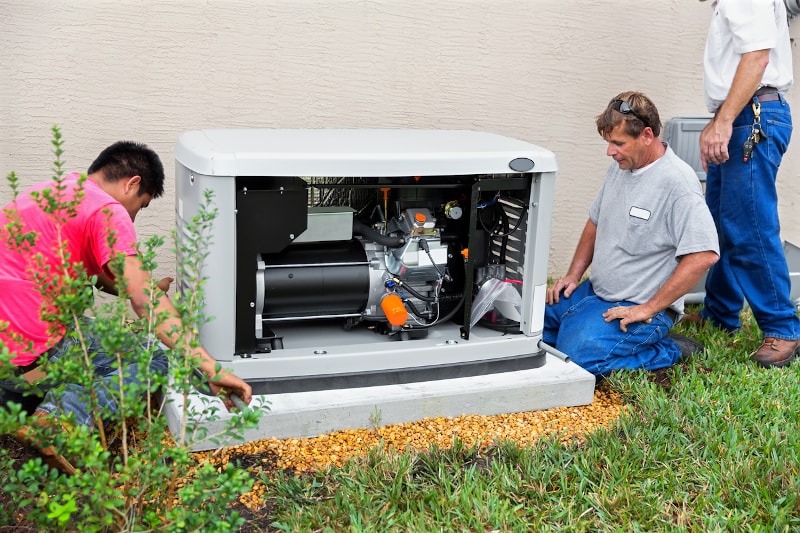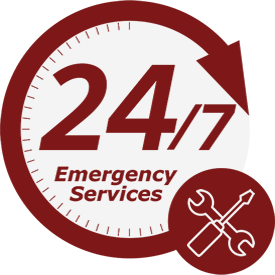A home backup generator is an electrical system that turns on as soon as your property in East Baton Rouge, LA, suffers a power outage. What’s the process these generators go through to transfer the electric load? Here are the details of how backup generators work.
What Do Backup Generators Comprise?
A backup generator consists of a standby unit and an automatic switch. When your utility cuts off and you lose power, the automatic switch transfers the generator over to the main electrical power supply in your home. Electricians can wire a backup generator directly into your home’s electrical system so that an electrical power transfer happens within seconds.
Automated or Manual Transfer
Some backup generators require a manual transfer, while others have an automatic design. The beauty of an automatic transfer is that when the power comes back on, the electrical system automatically transfers back to the main electrical power supply. This automatic or manual transfer protects your electrical equipment, frozen foods and important work on the computer.
Fuel
Generators need fuel to operate. Some take gasoline or diesel, while others used liquid propane or natural gas.
Talk to one of our experienced electricians to decide what kind of backup generator is best for your needs. We offer a full line of Honeywell backup generators. You can use one for your home, business, camping or various outdoor activities.
Portable Units
At Central Heating & Air, we offer portable backup generators that can keep your electricity running for a couple of days or even two weeks, protecting your most valued equipment. Our portable generators range from 2,000 watts to more than 7,500 watts.
When you need a Honeywell portable, standup or backup generator installed, give Central Heating & Air a call. We can install a backup generator for your residential or commercial property.
Image provided by iStock









